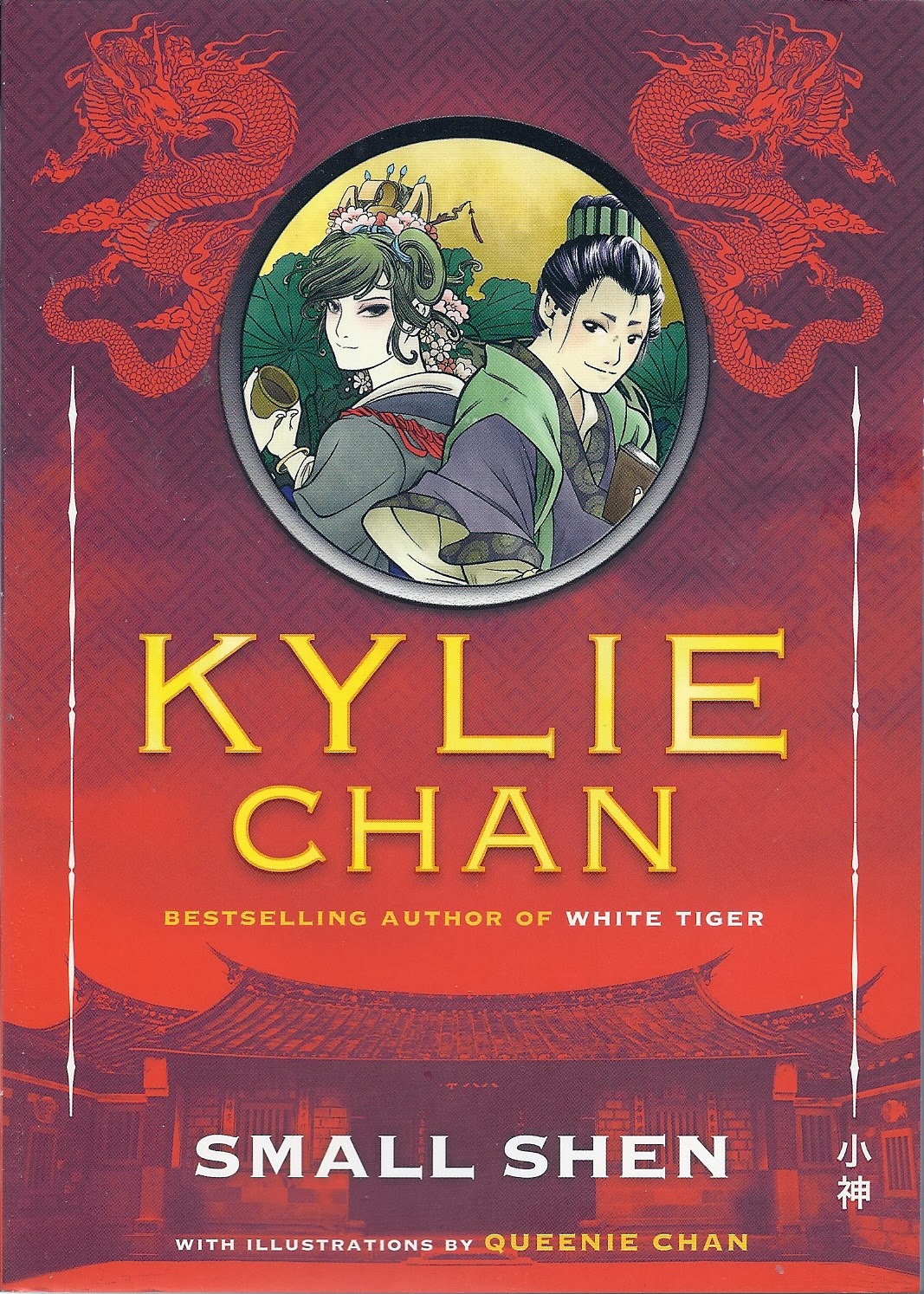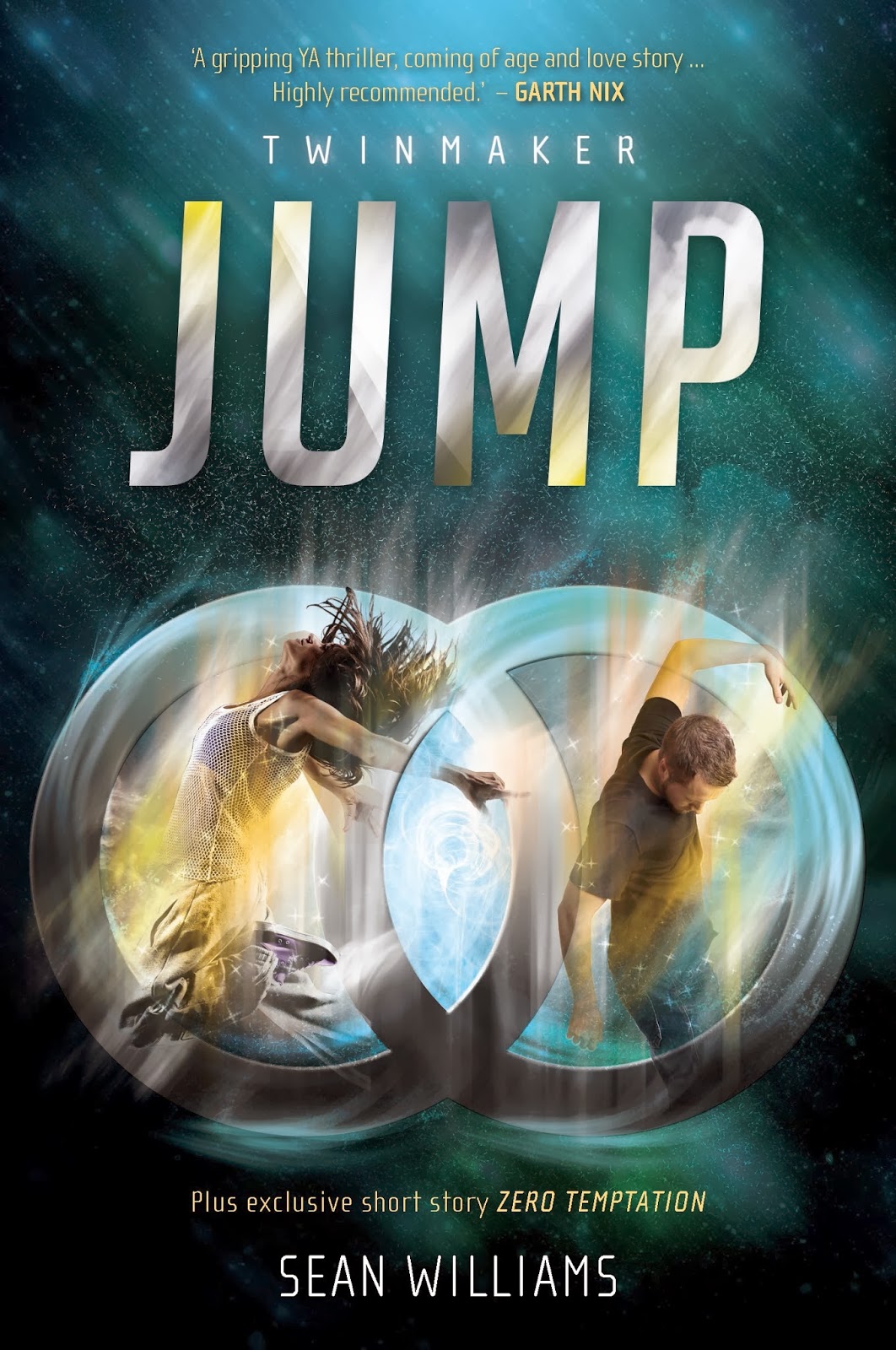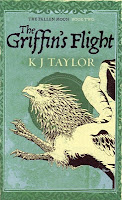It’s been four years since Chris Arlin graduated with a degree that most people think she made up, and she’s still no closer to scraping up funding for her research into rare plants. Instead, she’s stacking shelves at the campus library, until a suspiciously well-dressed man offers her a lucrative position on a scientific expedition.The story follows Chris, a cryptobotanist, and Luke, the hapless priest she drags into her mission. With a few starting advantages, they race against the big corporation's cronies to locate and get to the Tree of Life first. I would have been more sceptical about their ability to even come close to competing with the corporation if it weren't for the fact that Chris and Luke generally took different paths and different approaches (and to some extent were lucky). After three intercontinental flights I was pretty sceptical about their finances, however...
For Chris, the problem isn’t the fact that they’re searching for the Biblical Tree of Life. Nor is it the fact that most of the individuals on the expedition seem to be fashionably lethal mercenaries. The problem is that the mission is being backed by SinaCorp, the corporation responsible for a similar, failed expedition on which her mother died eleven years ago.
However, when Chris’s father is unexpectedly diagnosed with inoperable cancer, Chris sees only one solution. Vowing to find the Tree of Life before SinaCorp’s mercenaries, Chris recruits Luke, an antisocial campus priest undergoing a crisis of faith. Together, they embark on a desperate race to find Eden. However, as the hunt intensifies, Chris discovers growing evidence of her mother’s strange behaviour before her death, and she begins to realise that SinaCorp isn’t the only one with secrets they want to stay buried.
The Other Tree was a mostly entertaining read with quite a bit of humour thrown in throughout. I'm not sure I'd go so far as to call it a comedy, but it was definitely light hearted most of the time (basically, apart from the bits with high body counts or weird creatures trying to eat the protagonists). As an adventure tale, I thought it dragged a bit in the second half. They got pretty close to their goal not far past the half-way mark — which made me sceptical about how the climax would play out, but the climax climaxed as it should — and then a lot of words were spent getting from just outside Eden to the inner part where the climax happened. I suspect it didn't help that there were fewer jokes (because there was more almost dying) in the latter half also. I wouldn't go quite so far as to say it was boring, but the writing could have been tighter.
I was also half-expecting Luke to have some kind of mysterious secret — since there was a definite mysterious past vibe about him — and maybe turn out to be a vampire or something vaguely supernatural. (Especially after a bit implying that the power had a tendency to flicker in his presence, but maybe I misinterpreted that.) Alas the only supernatural things that made an appearance were plants and animals. And sort of Eden, but Eden turned out to be really damned weird.
While I enjoyed reading about Chris and Luke I wasn't that attached to the premise. I suspect that's why I didn't like that so many words were given over to the goal (or well, the bits close to the goal) and I think it's similar to my dislike of angel books, ie personal preference. I thought the best bits were Chris and Luke's banter and random high jinks along the way. There were a lot of laugh-out-loud moments. Also, Mok's approach to some of the players on the corporation side was refreshing and somewhat plausible, especially in the case of Emir, the most
I should also mention the setting. Chris and Luke are based in Australia and, although there's a significant amount of travel, there's also a significant amount of Australian setting. The Australian locations are all fictional and yet feel very familiar. I always enjoy reading Aussie settings and, despite its fictitiousness, The Other Tree did not disappoint in that department.
I would recommend The Other Tree to fans of contemporary-set fantasy looking for something different to most urban fantasy or paranormal romance books. At it's heart it's an adventure story, following two adventuring laypeople in their quest to find the Tree of Life (or, well, on their quest to find out what happened to Chris's mother and also to see what happens next). A fairly enjoyable read.
3.5 / 5 stars
 First published: January 2014, Spencer Hill Press
First published: January 2014, Spencer Hill Press
Series: Don't think so.
Format read: eARC
Source: Publisher via NetGalley
Challenges: Australian Women Writers Challenge














































